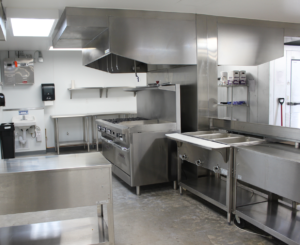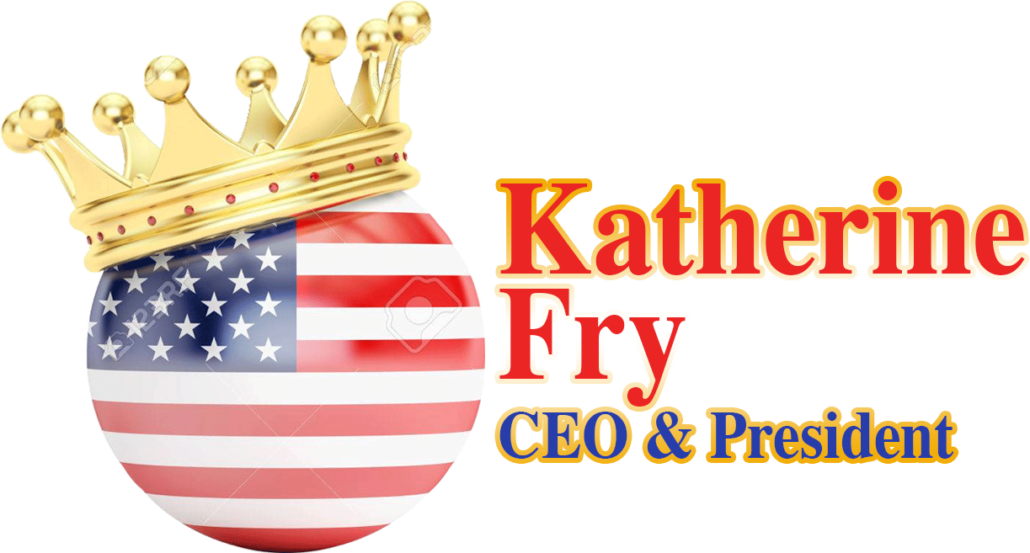The Basics of a Commercial Kitchen
The Basics of a Commercial Kitchen by G & G Services in Rossville, TN.
A commercial kitchen is a wonderful place. It is where cooks prepare meals for families, friends, and neighbors. In order to prepare the amount of food a commercial kitchen serves in a day, industrial-grade equipment is needed. The layout of a commercial restaurant kitchen must be designed to allow the seamless flow of food from the prep to the line area.
Sometimes a new restaurant has a great location but a small kitchen. This factor dictates the kind of kitchen equipment needed. For example, a six-burner gas range might look very appealing. However, many smaller kitchens will only accommodate a four-burner range. It is crucial to think strategically about a restaurant’s kitchen area before signing a lease.
The kitchen is the heart of a restaurant. More specifically, it is the place where the restaurant’s menu comes to life. It is also the restaurant’s center of the action. It is where food is prepared, cooked and plated. It is also home to the dishwasher, food ingredients, and all the various utensils, including dishes, as well as cooking equipment.
 A commercial kitchen can have dozens of people coming and going throughout any given shift. As a result, it is important that the kitchen is well organized. This not only saves time during the busy rushes, but it also helps the staff avoid accidents and reduces excess waste.
A commercial kitchen can have dozens of people coming and going throughout any given shift. As a result, it is important that the kitchen is well organized. This not only saves time during the busy rushes, but it also helps the staff avoid accidents and reduces excess waste.
The kitchen is one of the biggest investments that go into opening a new restaurant. A $250,000 loan might seem like a lot of money, but it can run out quickly after one has invested in new, or even used, ranges, grills, ovens, and coolers.
When purchasing new kitchen equipment, remember that, just as with a new car, these items depreciate the moment they leave the showroom. Look at the quality of the brands offered and always make sure that the equipment comes with a warranty.
Here are the basics needed to get started:
- Range
- Oven
- Grill
- Deep-fryer
- Reach-in cooler
- Walk-in cooler
- Freezer (either a chest, upright, or walk-in)
- Sauté pans
- Stock/soup pots
- Saucepans
- Baking sheets
- Pizza screens
- Baking pans
- Tongs
- Spatulas
- Ladles
- Chef’s knives
- Pizza paddle
- Whisks
- Mixing bowls
- Plastic inserts for coolers
- Steam table
- Entrée plates
- Pasta bowls
- Appetizer plates
- Salad plates
- Dessert plates
- Metal or plastic shelves for walk-in cooler
- Cleaning rags
- Cleaning buckets (specifically labeled for cleaning products)
- Rubber floor mats
- Hand soap and sanitizer dispensers
- Fire extinguisher
Depending on the commercial kitchen’s size and concept, a restaurant owner might exclude some of these items. Furthermore, a restaurant owner might need additional items more specific to the restaurant’s concept. For example, a restaurant might need an ice cream maker if the restaurant offers artisan ice cream, or bread pans if the restaurant offers bread in-house. One must consider every aspect of the menu plan and kitchen layout when developing the restaurant’s equipment list.
If you are in the process of opening a restaurant or simply in need of equipment for a commercial kitchen, please call G and G Services at 1-706-891-6729 or see their website at gandgservicing.com.



Leave a Reply
Want to join the discussion?Feel free to contribute!